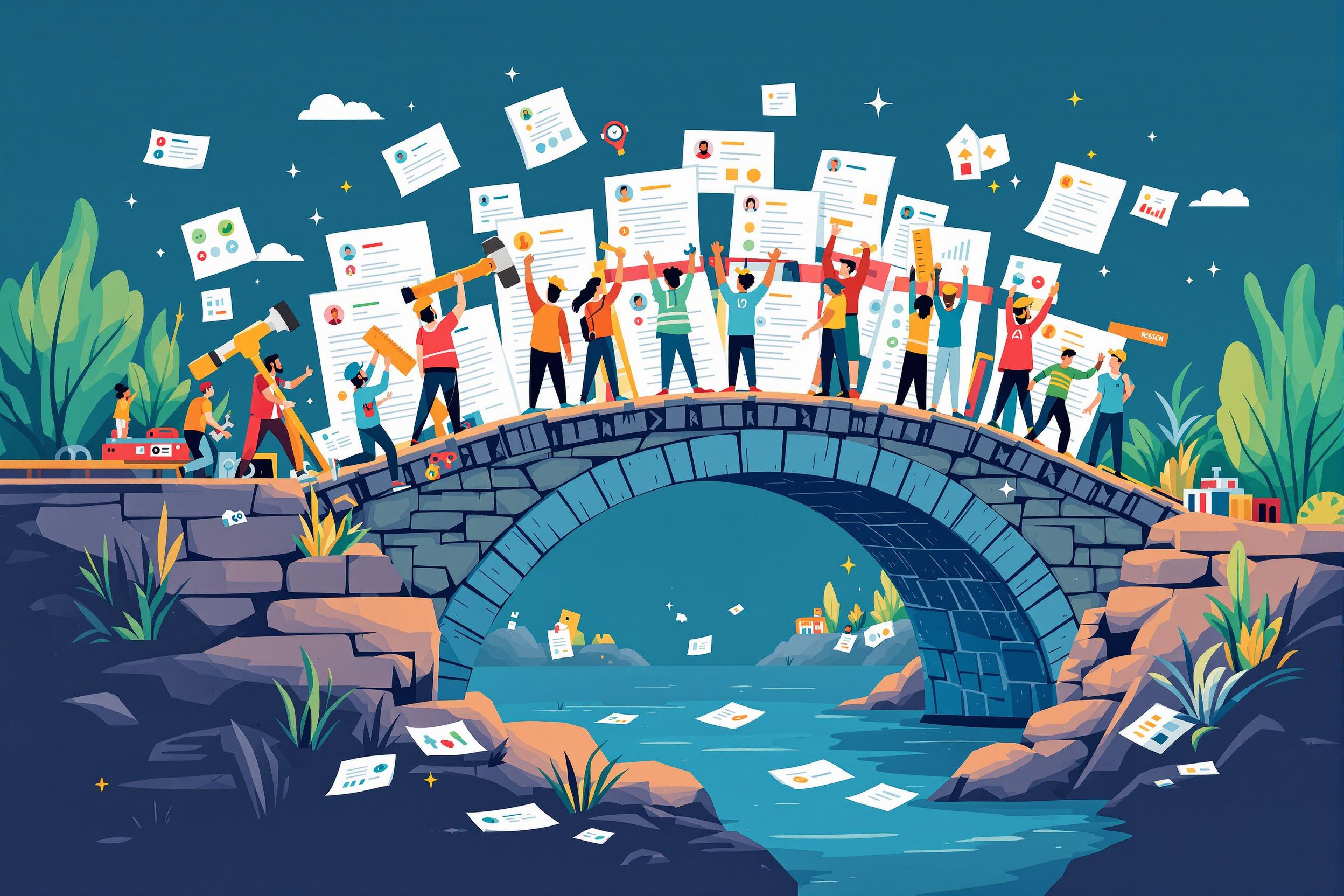
Competency-Based Education
Competency-Based Education (CBE) is a teaching approach that focuses on what students can actually do rather than just what they know. Instead of moving through courses based on time spent in class, students progress by showing they've mastered specific skills. Think of it like a driver's license test - you pass when you prove you can drive safely, not after sitting in class for a set number of hours. This method is especially popular in adult education, workforce training, and online learning programs. Similar terms include "mastery-based learning," "outcome-based education," or "performance-based learning."
Examples in Resumes
Developed Competency-Based Education programs that increased student completion rates by 45%
Implemented CBE assessment methods for adult learners in workforce development courses
Led transition from traditional to Competency-Based curriculum design for 12 technical programs
Typical job title: "Competency-Based Education Specialists"
Also try searching for:
Where to Find Competency-Based Education Specialists
Professional Organizations
Job Boards
Professional Networks
Example Interview Questions
Senior Level Questions
Q: How would you design and implement a CBE program from scratch?
Expected Answer: Look for answers that discuss needs assessment, stakeholder engagement, identifying core competencies, creating assessment rubrics, training faculty, and managing the transition from traditional education models. They should mention experience with program-wide implementation.
Q: How do you measure the success of a CBE program?
Expected Answer: Strong answers should include multiple metrics like completion rates, student success in job placement, employer satisfaction, assessment validity, student progression rates, and cost-effectiveness. They should emphasize data-driven decision making.
Mid Level Questions
Q: How do you create effective assessments in a CBE program?
Expected Answer: Should discuss creating clear rubrics, authentic assessment tasks, multiple ways to demonstrate competency, and ensuring assessments align with real-world skills requirements.
Q: What strategies do you use to support adult learners in a CBE environment?
Expected Answer: Should mention flexible pacing, clear learning objectives, regular feedback, recognition of prior learning, and support services designed for working adults.
Junior Level Questions
Q: What is the difference between traditional education and CBE?
Expected Answer: Should explain that traditional education is time-based while CBE is mastery-based, with examples of how this affects course design and student progress.
Q: How do you track student progress in a CBE program?
Expected Answer: Should discuss basic assessment tools, learning management systems, progress tracking methods, and communication with students about their advancement.
Experience Level Indicators
Junior (0-2 years)
- Basic understanding of CBE principles
- Creating simple competency statements
- Using learning management systems
- Basic assessment development
Mid (2-5 years)
- Developing comprehensive competency frameworks
- Creating detailed assessment rubrics
- Program evaluation
- Faculty training and support
Senior (5+ years)
- Program design and implementation
- Strategic planning and evaluation
- Stakeholder management
- Policy development
Red Flags to Watch For
- No experience with adult education principles
- Lack of assessment development skills
- Unable to explain competency frameworks
- No experience with learning management systems
- Poor understanding of outcome-based program design
Need more hiring wisdom? Check these out...

Beyond Resumes: How Competency-Based Hiring Transforms Talent Acquisition

Micro-Internships: The Game-Changer in Project-Based Learning

Skill-Based Hiring: The Surprising Future of Talent Acquisition

